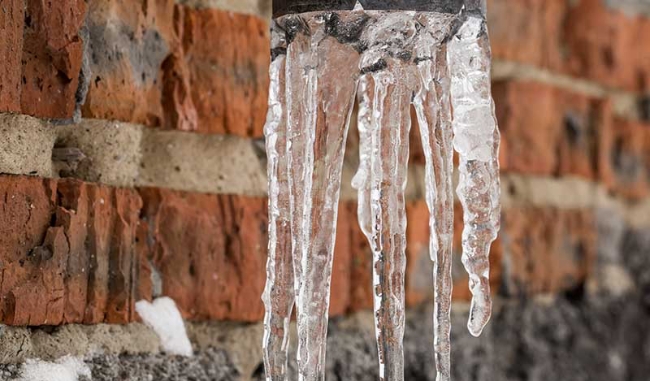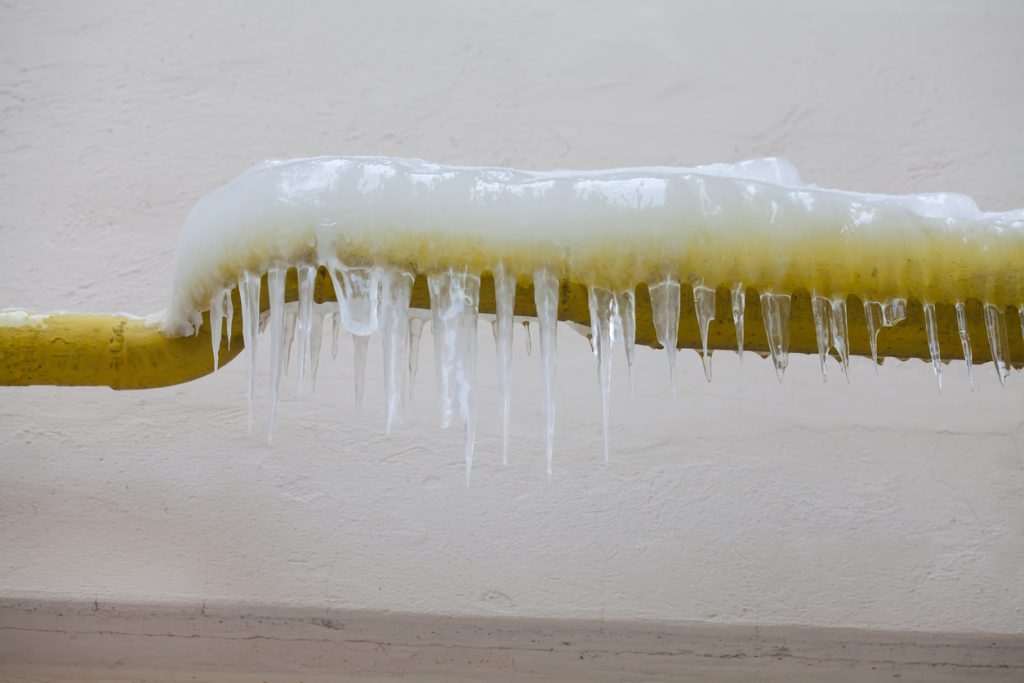Essential Advice to Prevent Frozen Plumbing in Cold Weather
Essential Advice to Prevent Frozen Plumbing in Cold Weather
Blog Article
What're your opinions regarding Helpful Tips to Prevent Frozen Pipes this Winter?

Winter can damage your plumbing, especially by freezing pipes. Here's just how to stop it from occurring and what to do if it does.
Introduction
As temperature levels decrease, the risk of icy pipes rises, potentially causing costly fixings and water damage. Recognizing how to stop frozen pipelines is essential for home owners in cold climates.
Prevention Tips
Protecting at risk pipes
Cover pipelines in insulation sleeves or use heat tape to secure them from freezing temperature levels. Focus on pipes in unheated or external locations of the home.
Home heating techniques
Keep interior areas appropriately warmed, particularly areas with plumbing. Open cabinet doors to enable warm air to circulate around pipes under sinks.
How to recognize icy pipelines
Try to find reduced water flow from taps, unusual smells or sounds from pipelines, and noticeable frost on subjected pipes.
Long-Term Solutions
Architectural modifications
Think about rerouting pipes far from exterior wall surfaces or unheated locations. Add added insulation to attics, basements, and crawl spaces.
Upgrading insulation
Purchase premium insulation for pipes, attic rooms, and walls. Appropriate insulation helps preserve consistent temperature levels and minimizes the danger of icy pipes.
Shielding Outdoor Plumbing
Garden tubes and outdoor taps
Disconnect and drain pipes garden hose pipes prior to winter season. Mount frost-proof spigots or cover outside taps with insulated caps.
Comprehending Icy Pipes
What causes pipelines to ice up?
Pipelines freeze when exposed to temperature levels below 32 ° F (0 ° C) for extended periods. As water inside the pipelines ices up, it increases, taxing the pipeline wall surfaces and possibly causing them to burst.
Risks and damages
Frozen pipes can result in water disturbances, home damage, and expensive repairs. Burst pipelines can flooding homes and trigger substantial structural damage.
Signs of Frozen Pipes
Recognizing icy pipes early can prevent them from breaking.
What to Do If Your Pipelines Freeze
Immediate actions to take
If you suspect icy pipes, maintain faucets open to soothe pressure as the ice thaws. Utilize a hairdryer or towels soaked in warm water to thaw pipes gradually.
Conclusion
Protecting against frozen pipelines calls for proactive actions and quick feedbacks. By comprehending the reasons, signs, and safety nets, homeowners can safeguard their pipes during cold weather.
5 Ways to Prevent Frozen Pipes
Drain Outdoor Faucets and Disconnect Hoses
First, close the shut-off valve that controls the flow of water in the pipe to your outdoor faucet. Then, head outside to disconnect and drain your hose and open the outdoor faucet to allow the water to completely drain out of the line. Turn off the faucet when done. Finally, head back to the shut-off valve and drain the remaining water inside the pipe into a bucket or container. Additionally, if you have a home irrigation system, you should consider hiring an expert to clear the system of water each year.
Insulate Pipes
One of the best and most cost-effective methods for preventing frozen water pipes is to wrap your pipes with insulation. This is especially important for areas in your home that aren’t exposed to heat, such as an attic. We suggest using foam sleeves, which can typically be found at your local hardware store.
Keep Heat Running at 65
Your pipes are located inside your walls, and the temperature there is much colder than the rest of the house. To prevent your pipes from freezing, The Insurance Information Institute suggests that you keep your home heated to at least 65 degrees, even when traveling. You may want to invest in smart devices that can keep an eye on the temperature in your home while you’re away.
Leave Water Dripping
Moving water — even a small trickle — can prevent ice from forming inside your pipes. When freezing temps are imminent, start a drip of water from all faucets that serve exposed pipes. Leaving a few faucets running will also help relieve pressure inside the pipes and help prevent a rupture if the water inside freezes.
Open Cupboard Doors
Warm your kitchen and bathroom pipes by opening cupboards and vanities. You should also leave your interior doors ajar to help warm air circulate evenly throughout your home.

I ran across that piece on How to Prevent Your Pipes From Freezing when doing a search on the web. Do you know anybody else who is inquisitive about the subject? Feel free to share it. We take joy in reading our article about Helpful Tips to Prevent Frozen Pipes this Winter.
Free Estimates Report this page